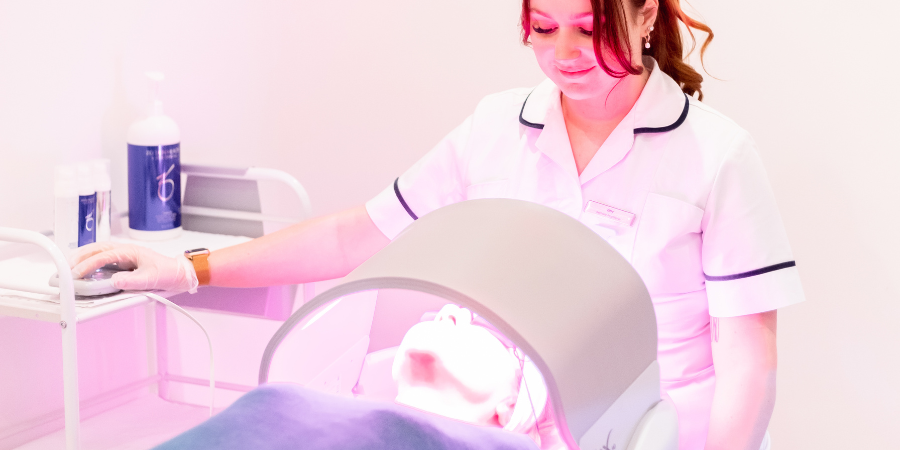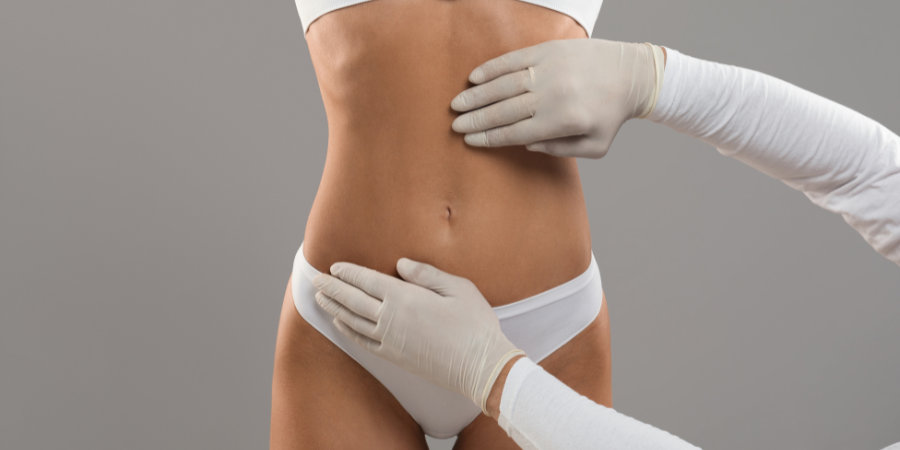In the quest for healthier, more youthful skin, many of us have tried numerous products and treatments, often with mixed results. But what if we told you there's an often overlooked, innovative solution that's quietly gaining recognition in the skincare world?
LED therapy is becoming increasingly popular to anyone seeking genuine improvements in their skin's condition. While it might not be a magical overnight transformation (like most treatments!), LED Therapy offers a real, well-researched and reliable approach to addressing common concerns. In this blog post, we'll delve into the world of LED Therapy, analysing its benefits and how it could be the answer you've been searching for to achieve healthier, beautiful skin.
Understanding LED Therapy
LED Therapy, also known as light therapy or phototherapy, is a technology that uses light-emitting diodes to address a wide range of skin issues, utilising different wavelengths of light to stimulate the skin's natural healing in a process known as photobiomodulation.
Specific wavelengths of LED light interact with cells in the skin, triggering various cellular responses that can have a positive impact on skin health. The two most common types of LED light used for skincare purposes are red and blue light.
Red LED Light
Red LED light, with wavelengths ranging from 620 to 750 nanometres, is primarily used for rejuvenating purposes. It stimulates collagen production, promoting skin firmness and reducing the appearance of fine lines and wrinkles. This light therapy can also improve blood circulation, leading to a more revitalised complexion.
Blue LED Light
Blue LED light, with wavelengths ranging from 405 to 470 nanometres, is effective in targeting acne and acne-causing bacteria. It penetrates the skin to kill the bacteria responsible for acne breakouts. Blue light therapy can also help regulate oil production, minimising skin congestion.
Addressing skin concerns with LED Therapy
Acne - Regular LED treatments are shown to significantly reduce acne breakouts and help prevent future flare-ups. A combination of blue and red LED lights can effectively combat acne by killing bacteria and reducing inflammation.
Wrinkles and fine Lines - Red LED therapy stimulates collagen and elastin production, which are essential for maintaining skin elasticity. As collagen levels increase, wrinkles and fine lines gradually fade, leaving behind smoother and firmer skin.
Hyperpigmentation - Over time, consistent use of LED light can help even out skin tone and reduce the appearance of pigmented areas such as sun damage and age spots.
Eczema and Psoriasis - LED's anti-inflammatory properties, specifically red and near-infrared light, has shown promise in providing relief for individuals with eczema and psoriasis, two common skin conditions characterized by inflammation, itchiness and redness.
Dermalux LED Therapy
Dermalux uses a unique combinations of clinically proven Blue, Red and Near Infrared wavelengths to boost collagen production, increase hydration, calm redness and irritation and treat blemish-causing bacteria. As the light triggers a whole cascade of skin boosting processes, the benefits continue even after the treatment has finished. This tri-wave approach allows for a more comprehensive and versatile treatment.
Dermalux is also medically CE certified for acne, psoriasis, wound healing and pain relief (musculoskeletal) and are the only LED systems in the world to hold medical approval for psoriasis.
As with any skincare treatment, it's always advisable to book a consultation to determine the most suitable approach for your specific concerns.








